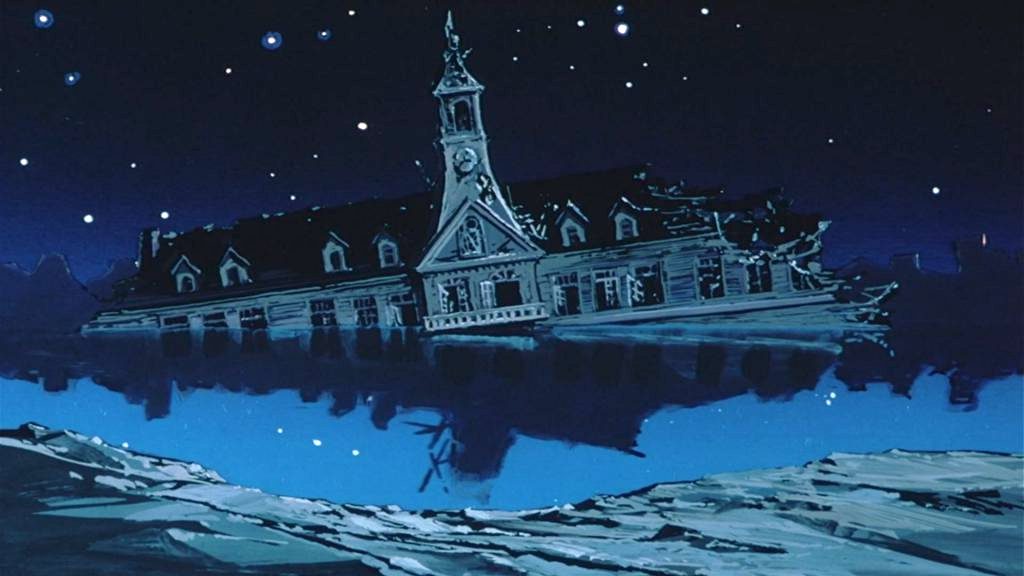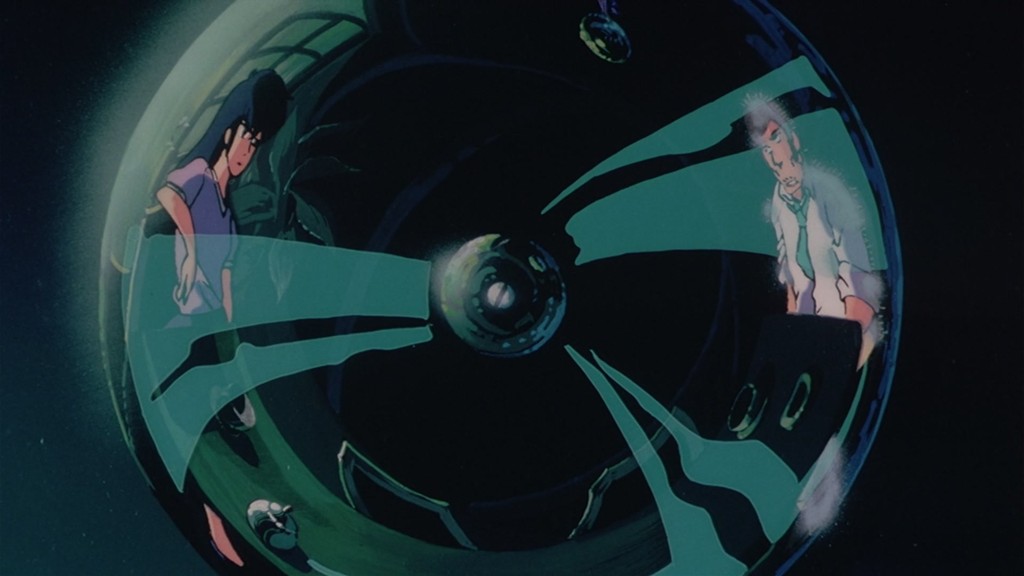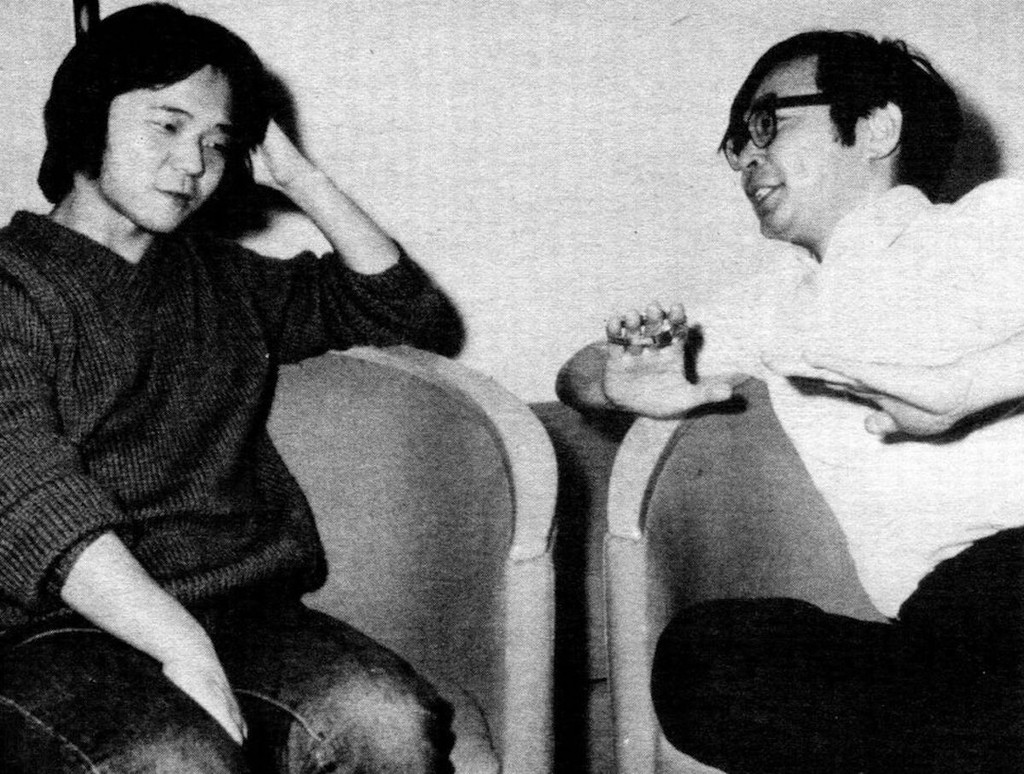Oshii Mamoru is something of a god in the science fiction world, having cemented his status as one of the most influential directors with Ghost in the Shell (1995), a canonical cyberpunk movie that inspired The Matrix (1999). Ghost in the Shell showed the world how anime was different from other mediums, with binary numbers raining down from the sky and cybernetic humans scaling hundred-story buildings. It defined a visual lexicon for cyberpunk that live-action cinema at the time could only aspire to replicate.
But the elements of Ghost in the Shell that have endured for nearly thirty years aren’t just the visuals. Oshii Mamoru’s sophisticated cinematic direction and refined exploration of philosophy distinguish his vision of science fiction from others’.
It’s no wonder that Ghost in the Shell spawned an expansive franchise including several movies and series following the 1995 film: the high of experiencing the original movie is a feeling fans have been chasing since first jacking into the dystopian world. But the truth is, few things come close to Ghost in the Shell. Nonetheless, for fans of Oshii’s work – for those who want more of the philosophy, more of the nostalgia, and more of the unique art direction – I can confidently recommend one of his earliest films, Urusei Yatsura 2: Beautiful Dreamer (1984). You can find it streaming on Amazon Prime.
In the early 1980s, Oshii Mamoru made his directorial debut with two OAVs for the Urusei Yatsura series created by Rumiko Takahashi (Ranma 1/2, Inu Yasha). Urusei Yastura is centered around the antics of a bratty but delightful alien named Lum and her “darling,” a young boy named Ataru. Even anime fans who haven’t seen Urusei Yatsura recognize Lum Invader’s iconic tiger-striped bikini.
Above all, Urusei Yatsura is a romantic comedy, but the scaffolding of the plot is science fiction. Rumiko Takahashi had been a fan of sci-fi since childhood, adopting the genre for Urusei Yatsura so that she could “write any way she wanted to.” The science fiction elements of the series compliment its whimsical, playful romance, providing unbridled escapism for its young readers.
But Beautiful Dreamer, the second OAV, approaches this fantastical story with a lot of heady concepts, such as time loops and time dilation. In Beautiful Dreamer, the line between reality and dreams is blurred – Oshii describes this as a “victory of dreams.” He attributes the exploration of this theme to his youthful daydreaming, describing himself as “the kind of kid who didn’t really ‘believe in reality.'”
The plot of the movie follows Ataru, Lum, and their friends, starting with their preparations for a school festival. But the eve of the festival never seems to end; Ataru and his friends start to realize they’re reliving the same day over and over. And there are other mysteries too, like disappearances of people and decay of the buildings around them.
One of my favorite scenes in the movie is a monologue – a lengthy, esoteric monologue similar to the Major’s in Ghost in the Shell – reflected in a doorknob. Animation does not necessitate that light be reflected at all, and this moment clearly marks where Oshii draws inspiration from film.
“I was fond of European movies – I repeatedly watched Antonioni, Fellini, Melville and Bergman,” Oshii Mamoru said in an interview, also citing Godard as an influence. But it’s perhaps La Jetée, the 1962 post-apocalyptic sci-fi movie that Oshii describes as seminal for him, that is easiest to draw parallels to Beautiful Dreamer. Using still images to weave a story, La Jetée replicates the fundamental technique of hand-drawn animation (but, of course, to a distinctly different end). And, like Beautiful Dreamer, La Jetée also explores time travel in a dystopian setting.
Prior to Beautiful Dreamer, Oshii Mamoru directed Urusei Yatsura: Only You (1983) – his first feature as a director, and the movie that put him on the map of animation. Following its release, he was interviewed by Hayao Miyazaki in 1983. Impressed with Oshii’s work, Miyazaki, who had made his directorial debut with the Lupin the Third movie Castle of Cagliostro, recommended Oshii to direct a movie for the famous IP.
The lore of Oshii’s Lupin the Third movie, which was canned before production due to its eccentric plot and ideas, feels like the lore surrounding Jodorowski’s Dune. Some of his ideas for this film – which involved noir, atomic bombs, and “angel fossils” – made it into his later anime, and even influenced the 2012 anime 009 Re:Cyborg. This project also opened him to later collaboration with Miyazaki and Studio Ghibli, though that project was also halted due to creative disagreements. Nonetheless, Oshii regards Miyazaki as a long-time friend, and remarked in a 1995 interview, “I’ve never seen such an interesting person since I started working. Miya-san is one of my friends whom I can really trust, but I don’t agree with him in the end, and I shouldn’t.”
What kind of viewers will enjoy Beautiful Dreamer? Those who enjoy the philosophizing of Ghost in the Shell; the nostalgia of the first Dragon Ball series; the romance of Ranma. If Oshii Mamoru’s work for Urusei Yatsura was good enough to impress Hayao Miyazaki, I feel like that’s the only endorsement it needs.



